Blue Lake Rancheria’s Foresight and Planning Yield “Just-in-Time” Resilience Benefits as Climate Crisis Intensifies.
Office of Indian Energy Policy and Programs
October 8, 2021Blue Lake Rancheria's Foresight and Planning Yield "Just-in-Time" Resilience Benefits as Climate Crisis Intensifies
Decades before the wildfires of 2020 darkened Northern California’s skies, Blue Lake Rancheria's (BLR's) elders and tribal leaders saw smoke in the distance.
Rather than turn a blind eye to the region's tinderbox conditions and increasing climate-related risks, the Tribe forged a comprehensive plan to bolster their community's resilience.
Adopted in 2008, BLR's Climate Action Plan targeted sustainability and self-sufficiency as aspirational goals, focusing on renewable energy as the primary pathway to achieving them.
Just over a decade later, prescience and prudence paid off.
When Pacific Gas & Electric imposed the region's first public safety power shutoff (PSPS) to prevent wildfires in 2019, the Rancheria became an energized oasis in a power desert. Sustained by its self-contained low-carbon microgrids and with plenty of power to spare, the tiny tribal nation of fewer than 100 members served an estimated 10,000 people in less than 30 hours.
As a rural, geographically isolated community with a tenuous connection to the grid, the Rancheria is particularly vulnerable to power outages. Located inland with a thriving hotel, casino, restaurants, fueling station, and convenience store; reliable infrastructure; and well-managed community services, it is also ideally positioned to fulfill its self-designated role as a regional emergency response center on the front lines of the climate crisis.
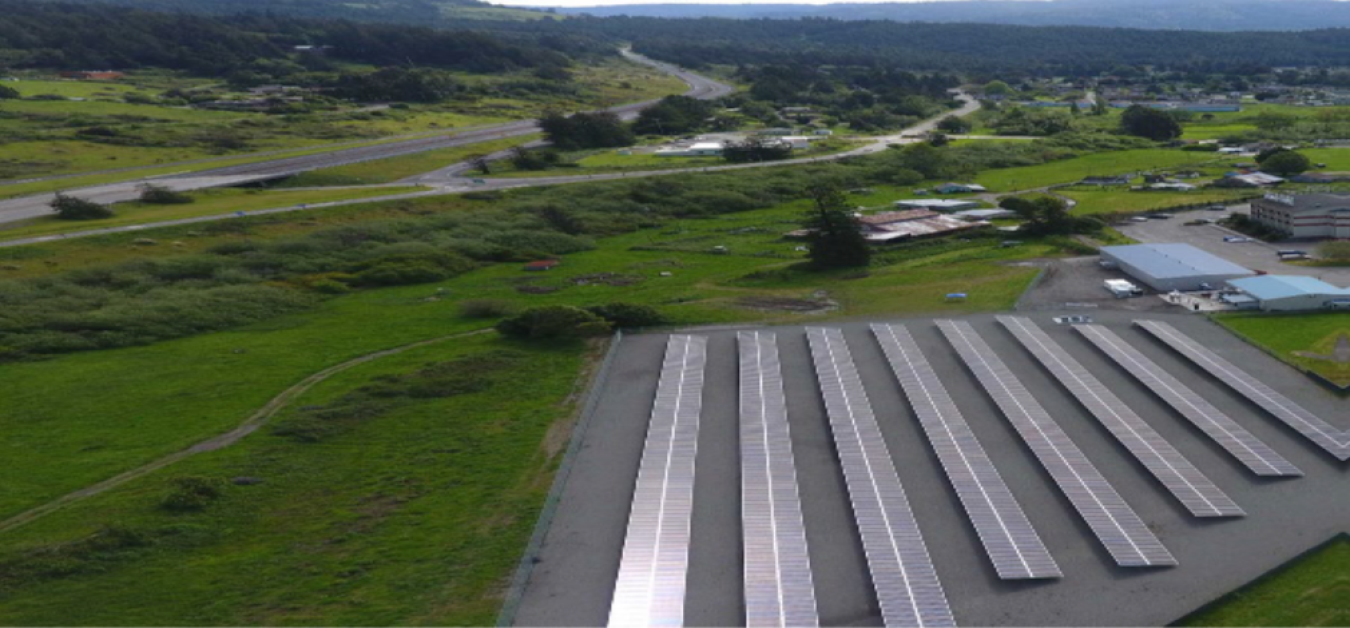
Climate Action Plan Prioritizes Energy as a Lifeline
BLR tribal leaders have long embraced critical climate-smart infrastructure investment as a strategic pillar that supports “lifeline sector” resilience. Lifeline sectors include energy, water, transportation, communications, and food.
The Rancheria’s 2008 Climate Action Plan prioritized energy as the community's primary lifeline.
“Energy supports all that we do in typical and emergency circumstances,” said BLR Sustainability and Government Affairs Director Jana Ganion during a 2021 DOE Office of Indian Energy webinar on energy’s role in resilience planning.
That reality, juxtaposed with California's cascading climate emergency, framed BLR's rationale for transitioning to clean, resilient energy infrastructure quickly, with the long-term goal of achieving zero carbon emissions by 2030. While centering energy, the comprehensive plan combined climate mitigation and adaptation strategies to support the secondary lifeline sectors as well.
“When these are done well,” noted Ganion, “a lot of benefits start to stack up—continuity of operations, economic support, improvement in community health and other social services, increased employment, and others.”
Solar-Plus-Storage Microgrids Reduce Risks, Compound Benefits
BLR installed its community-scale microgrid in 2017, marking a major milestone on its path to a sustainable and self-sufficient energy future. Along with delivering on the Tribe's commitment to mitigating climate-related risks, the state-of-the art system addressed regional gaps in energy resilience, further raising the community's profile as a national climate leader.
The community-scale microgrid integrates a 420-kilowatt (kW) solar photovoltaic (PV) array, a 500-kW/950-kilowatt-hour (kWh) battery energy storage system, and legacy diesel generators, which are now only used as a last resort. It also features advanced building energy management systems, advanced microgrid controls, and electric vehicle (EV) charging stations.
In business-as-usual situations, the system operates while connected to the larger grid, offsetting the energy load of BLR's government offices, casino, hotel, and event center. Along with saving the Tribe about $200,000 in annual energy costs, the clean solar energy the microgrid generates cuts the community's carbon emissions by about 200 tons a year.
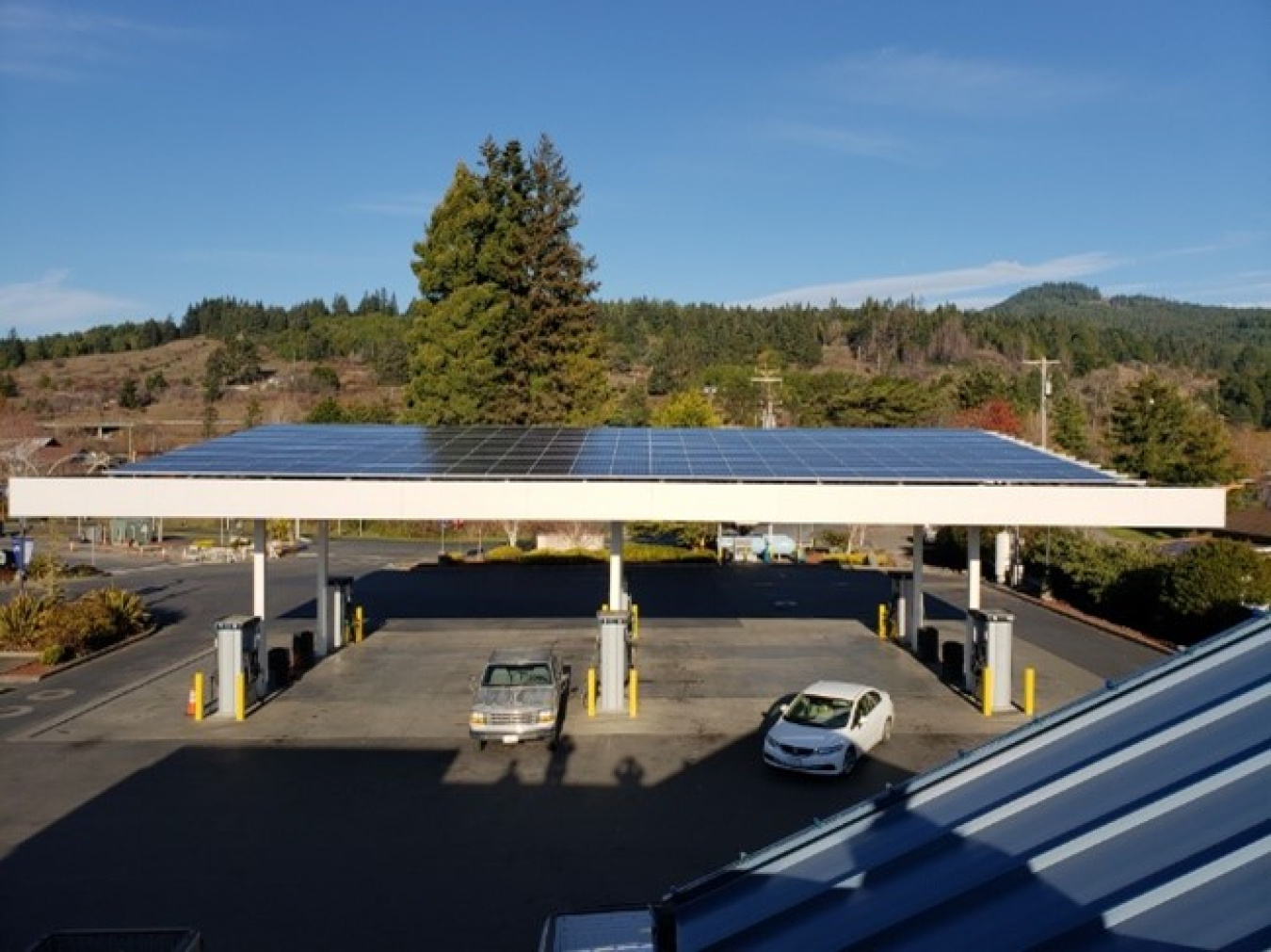
Designed to seamlessly "island" from the grid as needed and generate its own power for as long as necessary, the microgrid creates mutually beneficial peak shaving and demand response benefits to the Tribe and the utility. Its ability to operate autonomously also enables the Rancheria to serve as a regional evacuation site and long-term emergency operations center.
In 2019, BLR added a second microgrid at its fueling station and convenience store. The system, called Solar+, combines 60 kW of PV with 106 kW (169 kWh) of battery storage. Built as a replicable resilience package for small commercial buildings, it supports the lifeline sectors BLR has prioritized—energy, water, transportation, communications, and food. It also cuts annual operating costs by $20,000 while eliminating 50 tons of greenhouse gas emissions a year.
When the region's first PSPS put BLR's microgrids to the test, they rose to the occasion. Along with providing short-term operational continuity, the microgrids enabled BLR's emergency response center to serve roughly 10% of the region's population in just under 30 hours, by:
- Charging EVs, which regional public and emergency response agencies in turn used to charge communications devices and refrigerators to keep food and medicines cold
- Pumping gas from storage tanks to fuel cars and emergency generators
- Supplying ice, water, and food
- Maintaining internet and cellular connectivity and access to automated teller machines
- Providing space in the tribal hotel for patients who needed powered medical equipment for basic life support (Health and Human Services credited the Tribe with saving four lives).
"All of these things were possible because of reliable, resilient power," stressed Ganion.
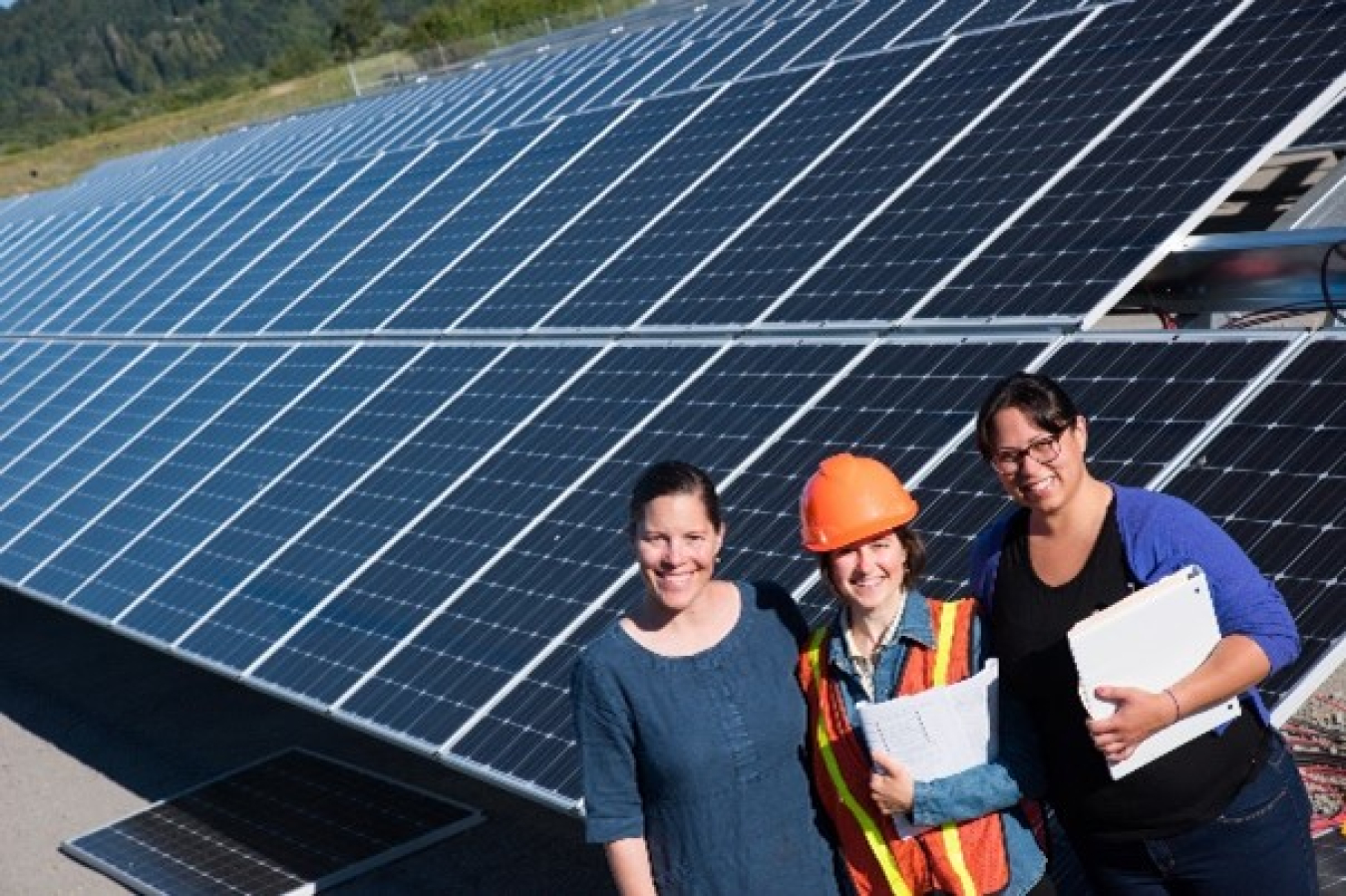
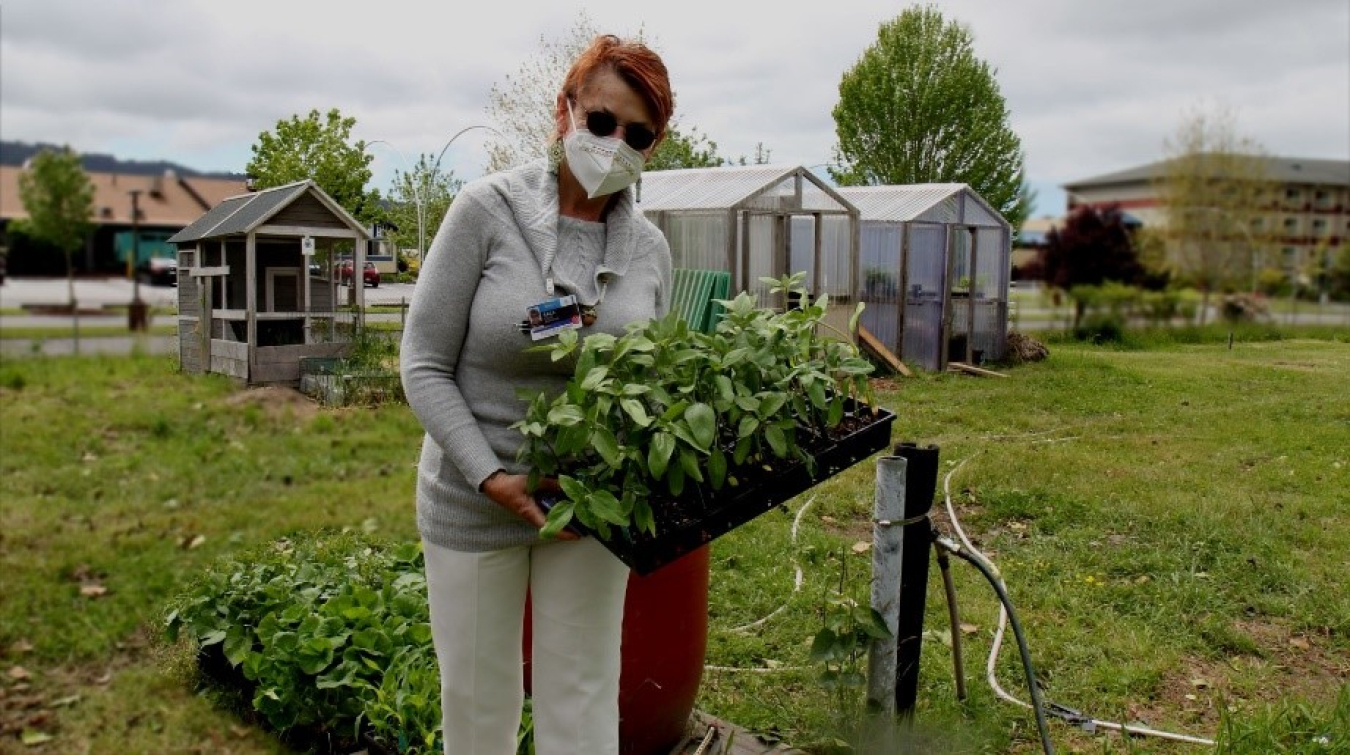
A Virtuous Cycle for a Better Future
Clustering a suite of low-carbon electrical microgrids—two in operation and two in design—on one relatively small campus has afforded BLR the opportunity to conduct ongoing research into how to best operate and improve upon the systems while studying their economic impacts over time.
The prioritized investments and hard decision-making required for a small tribe to undertake a bold transition to clean energy has enabled the Blue Lake Rancheria Tribe to reap the "just-in-time" benefits of energy resilience while advancing its visionary goals.
While focusing on and respecting the conditions on the ground, the Tribe is working "to make things better in the tribal community, and for the region, without making emissions—the primary causes of climate change—worse," said Ganion.
"We don’t want to create a vicious cycle; we want to create a virtuous cycle."
More by this author
-
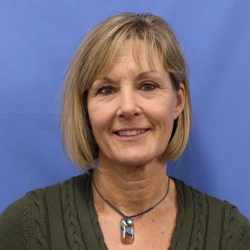 Communications Strategist with the National Renewable Energy Laboratory’s Communications & Public Affairs Office
Communications Strategist with the National Renewable Energy Laboratory’s Communications & Public Affairs Office

